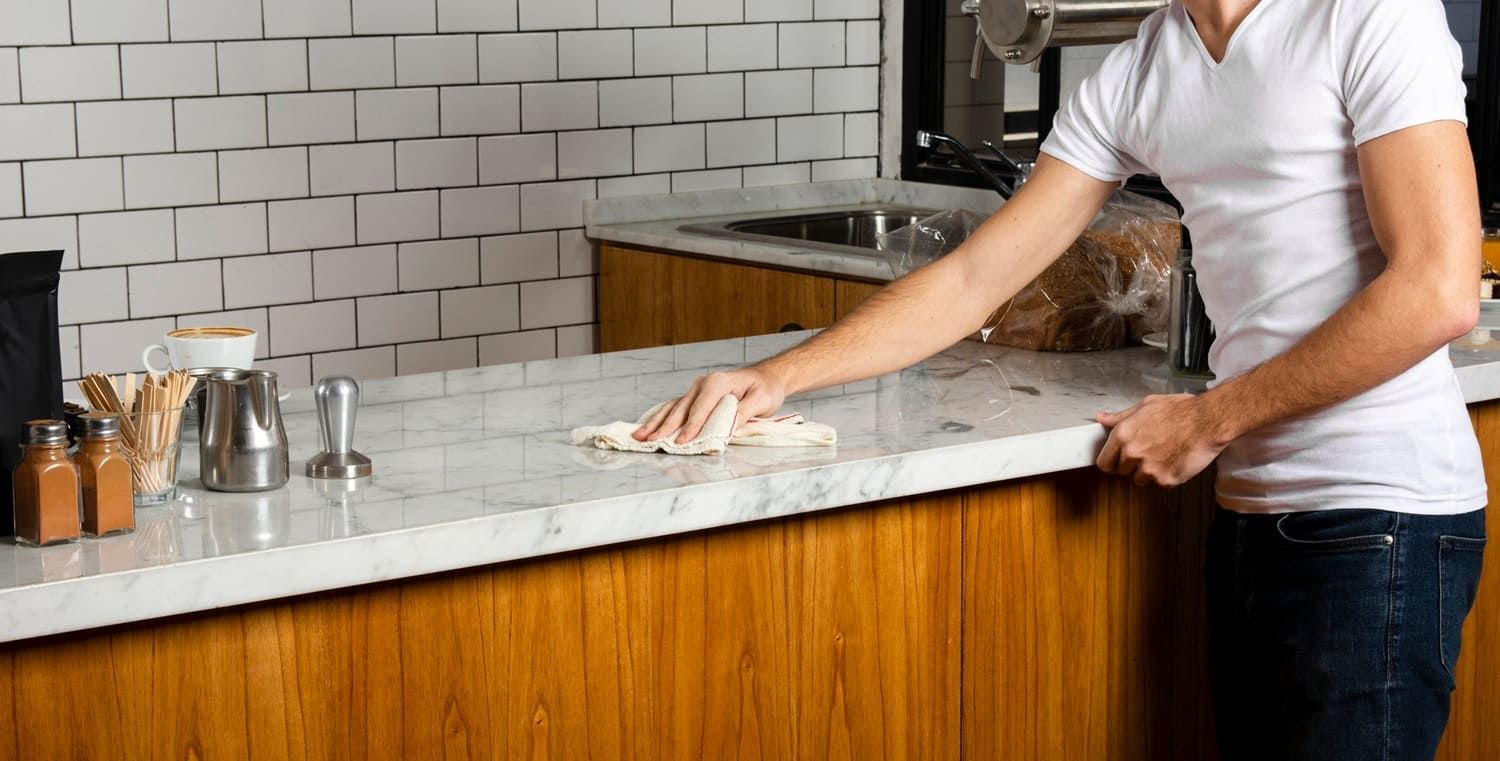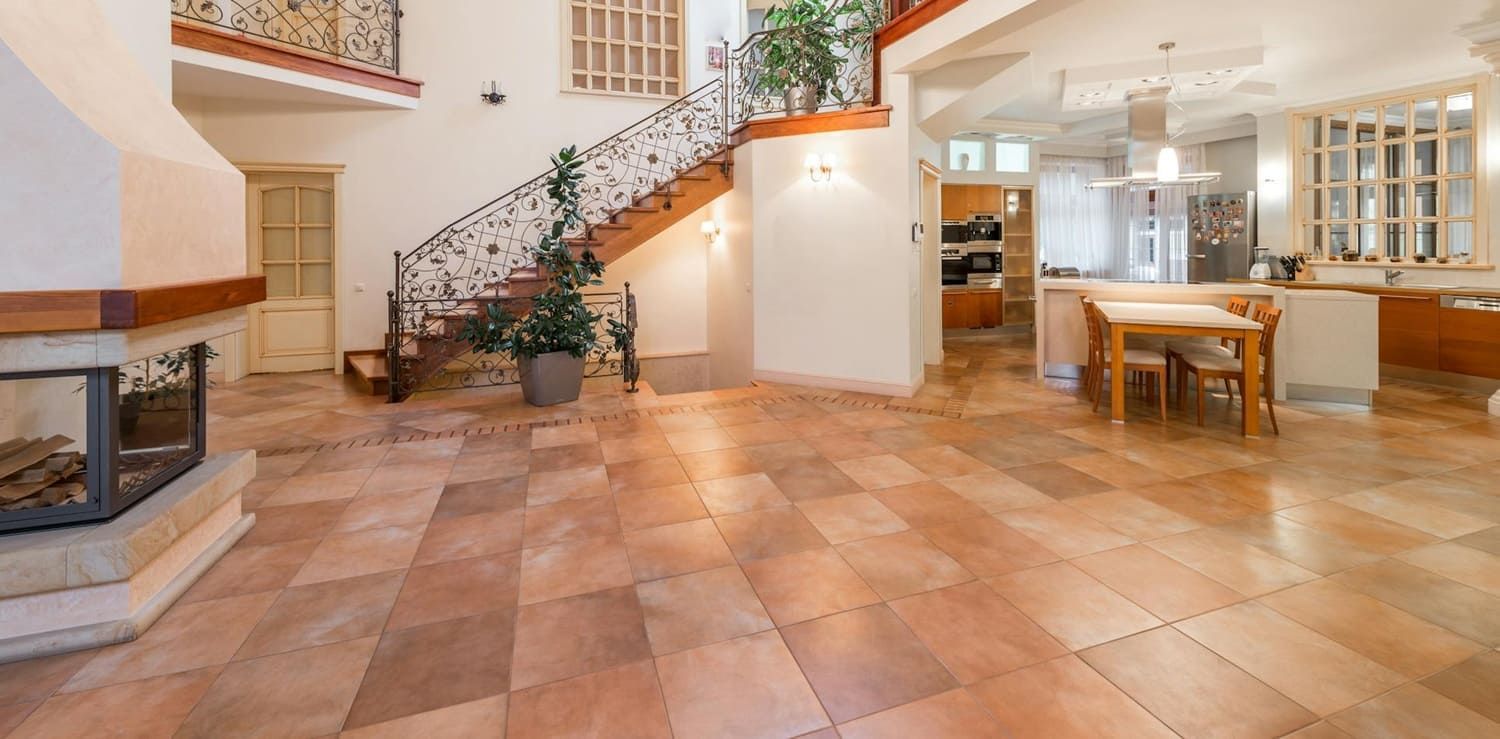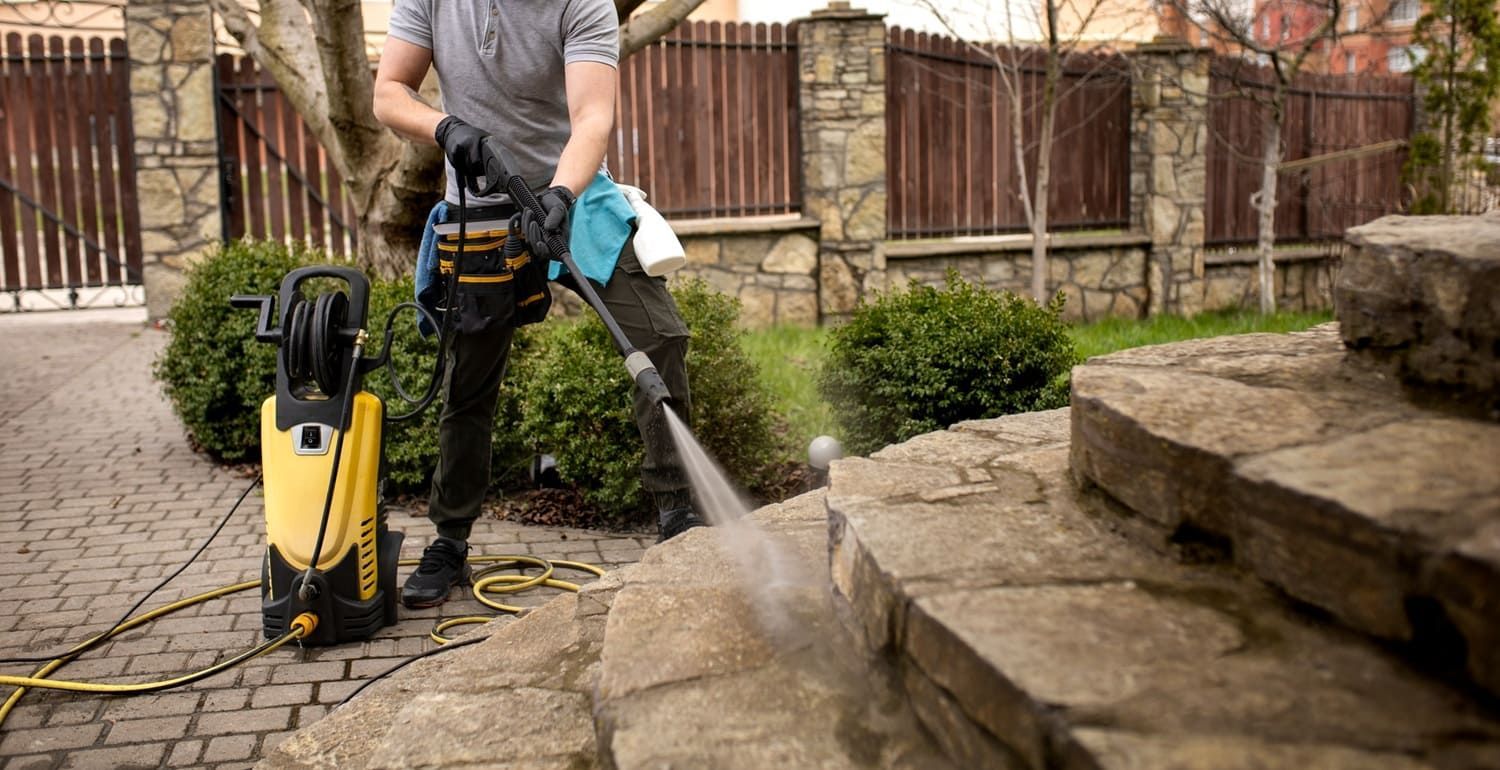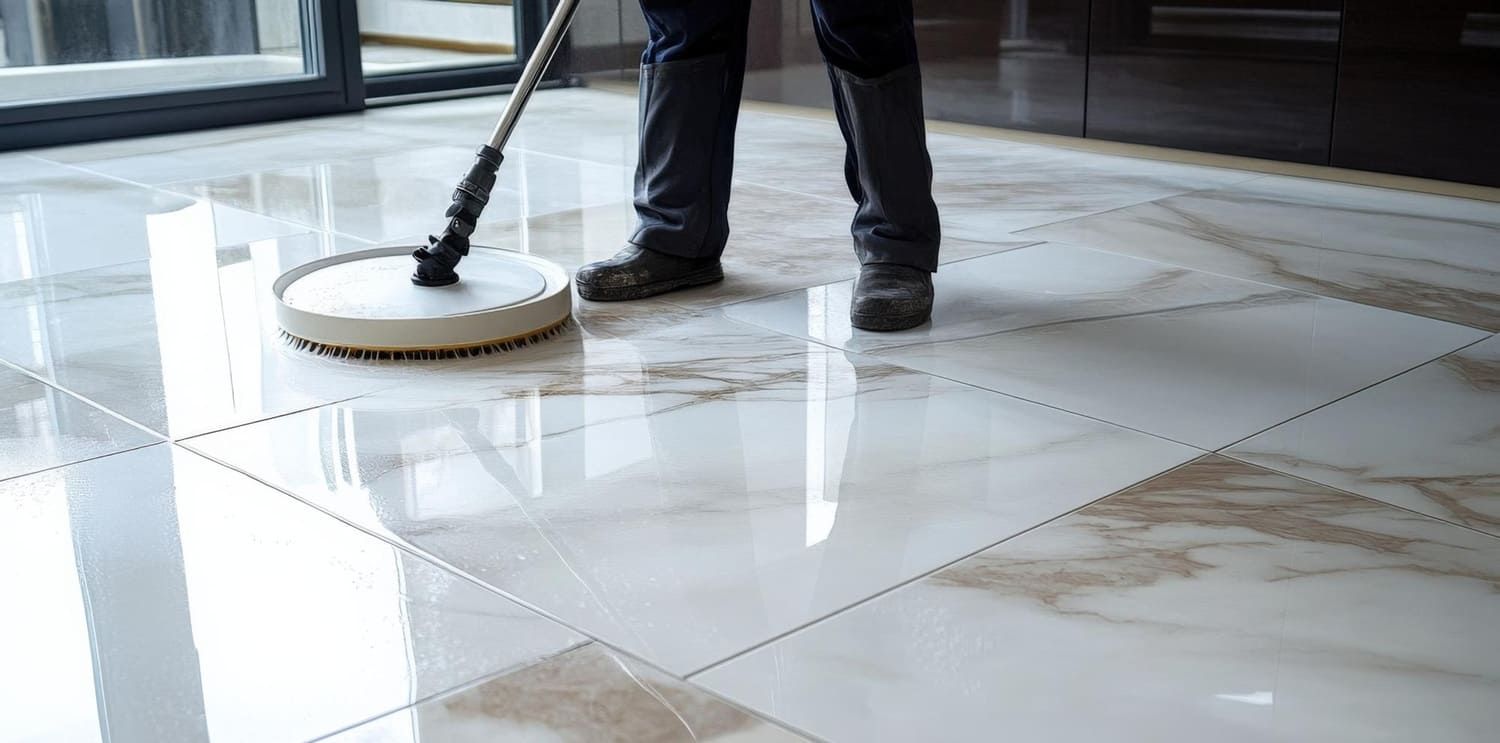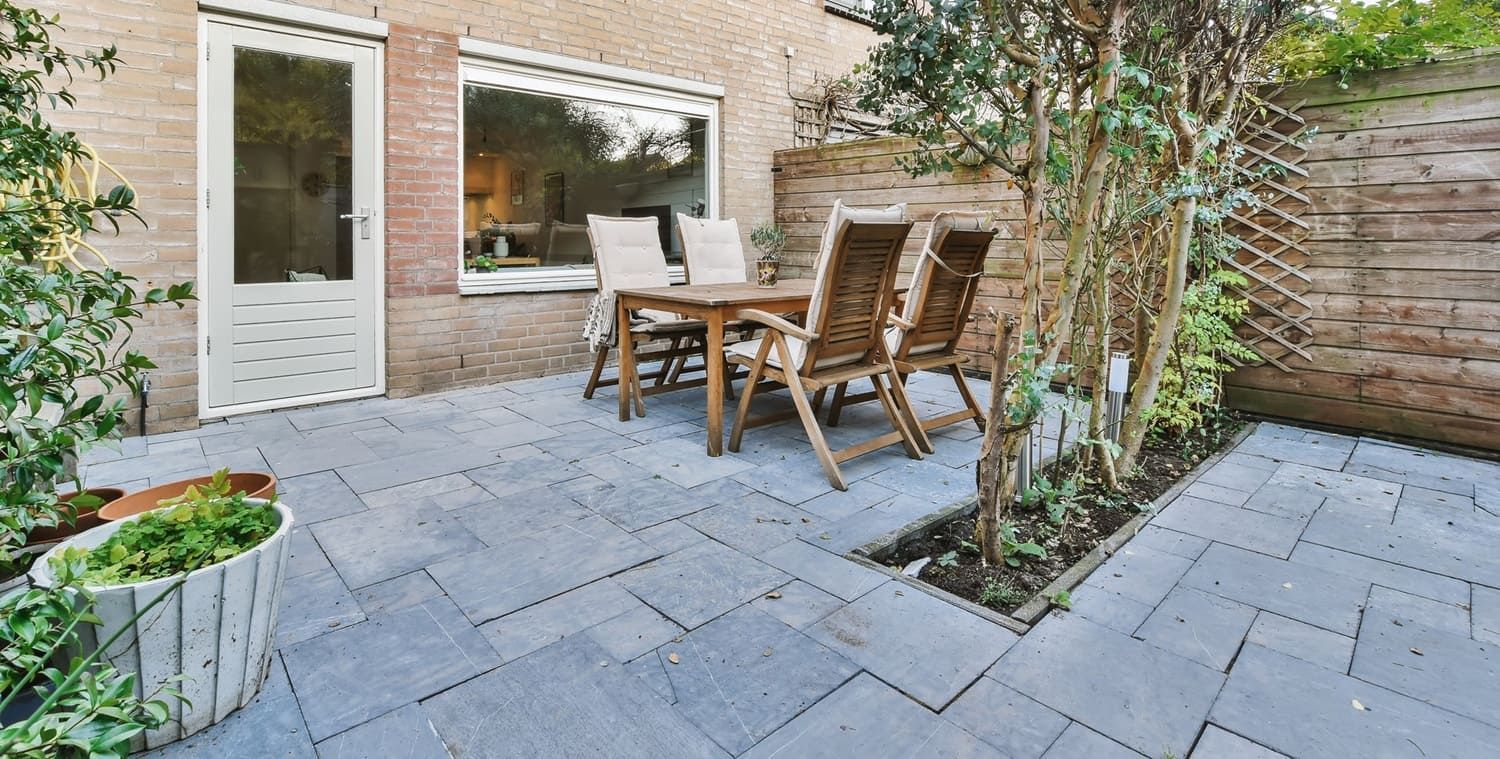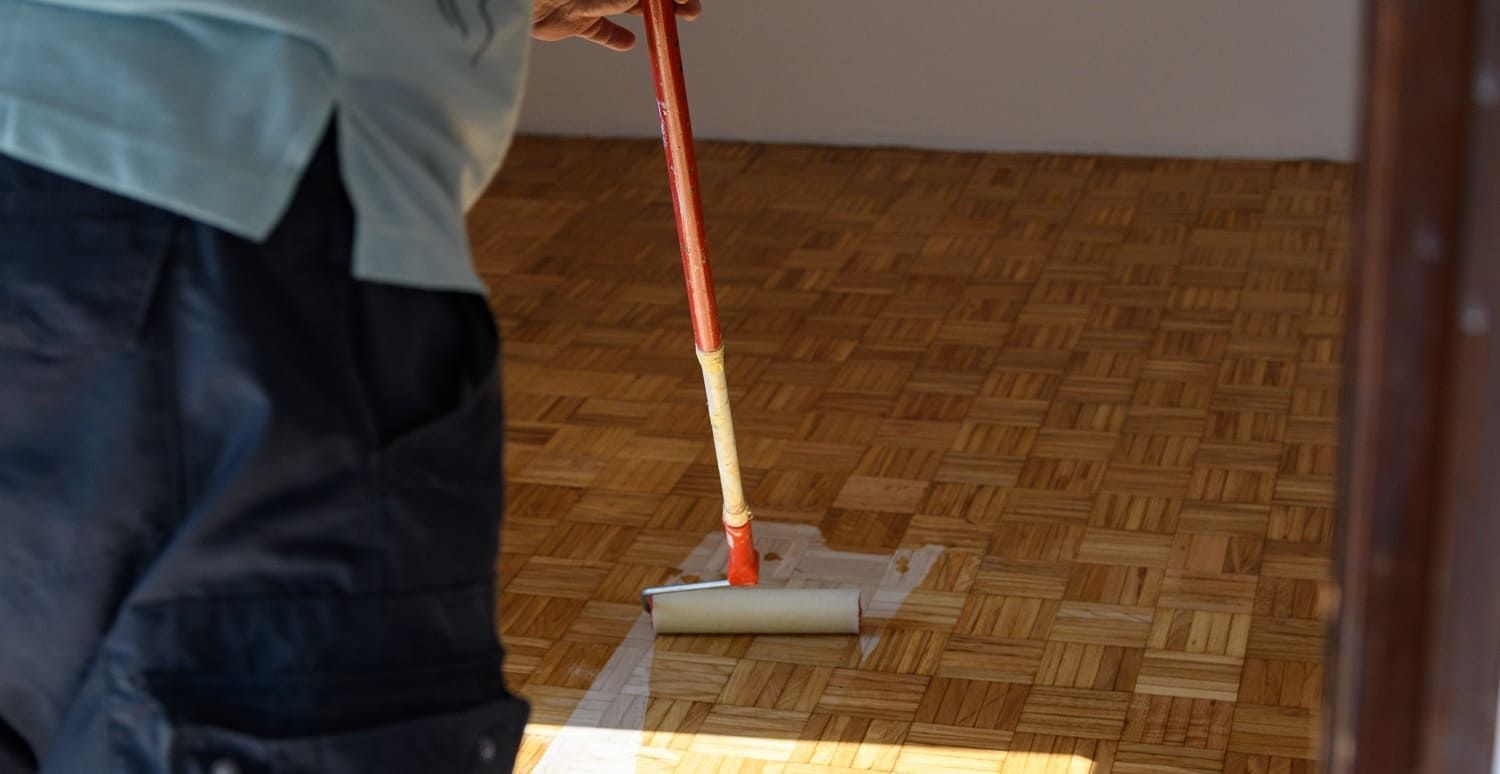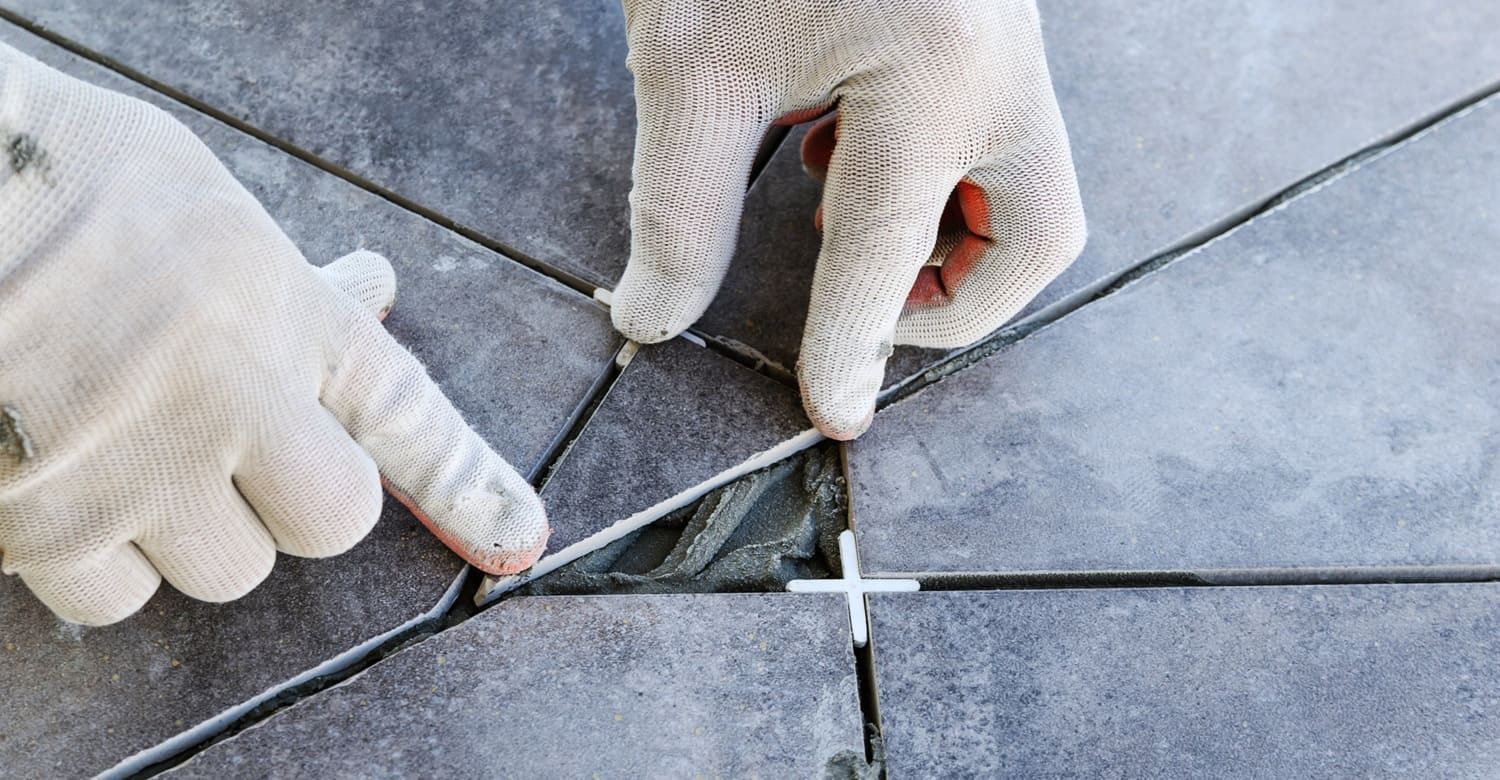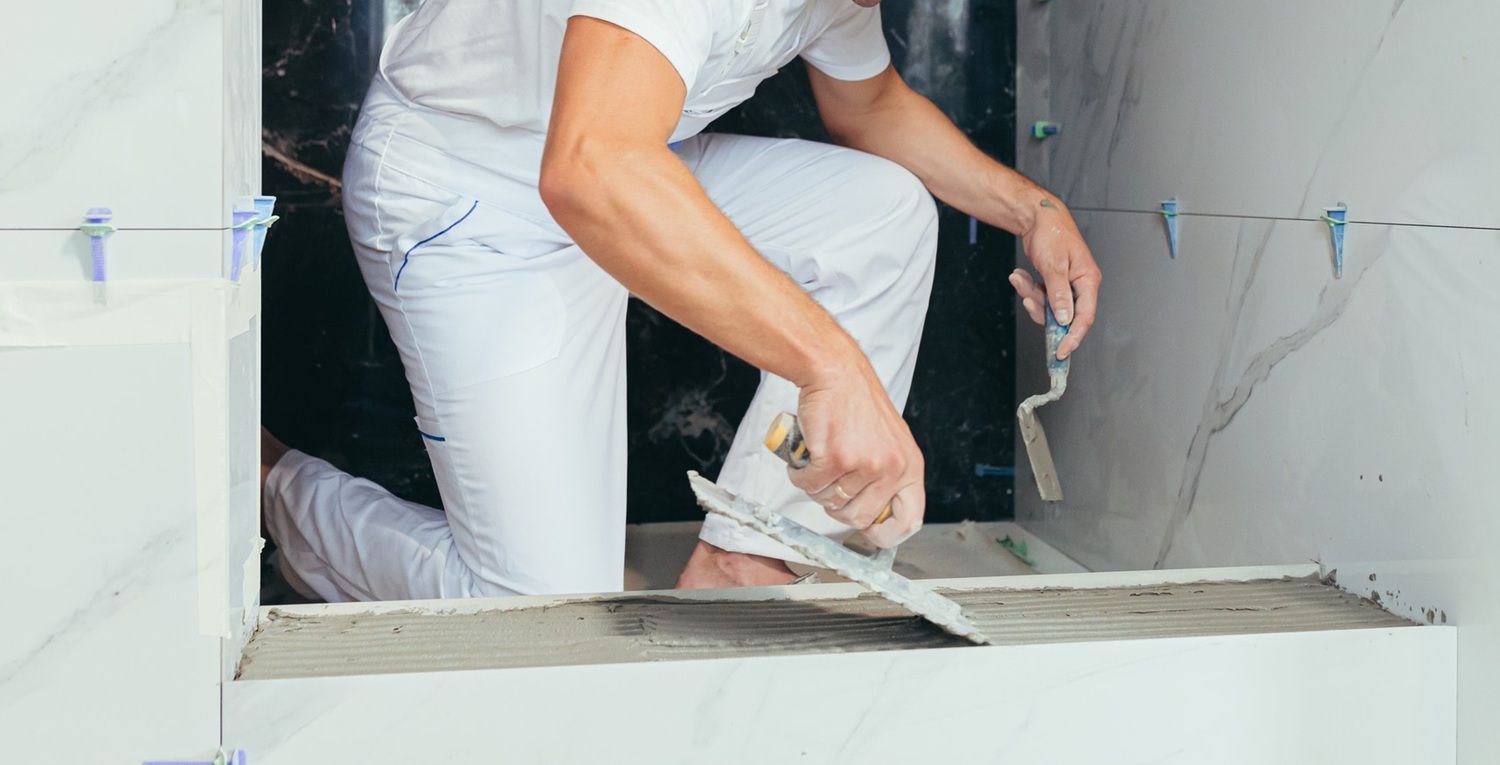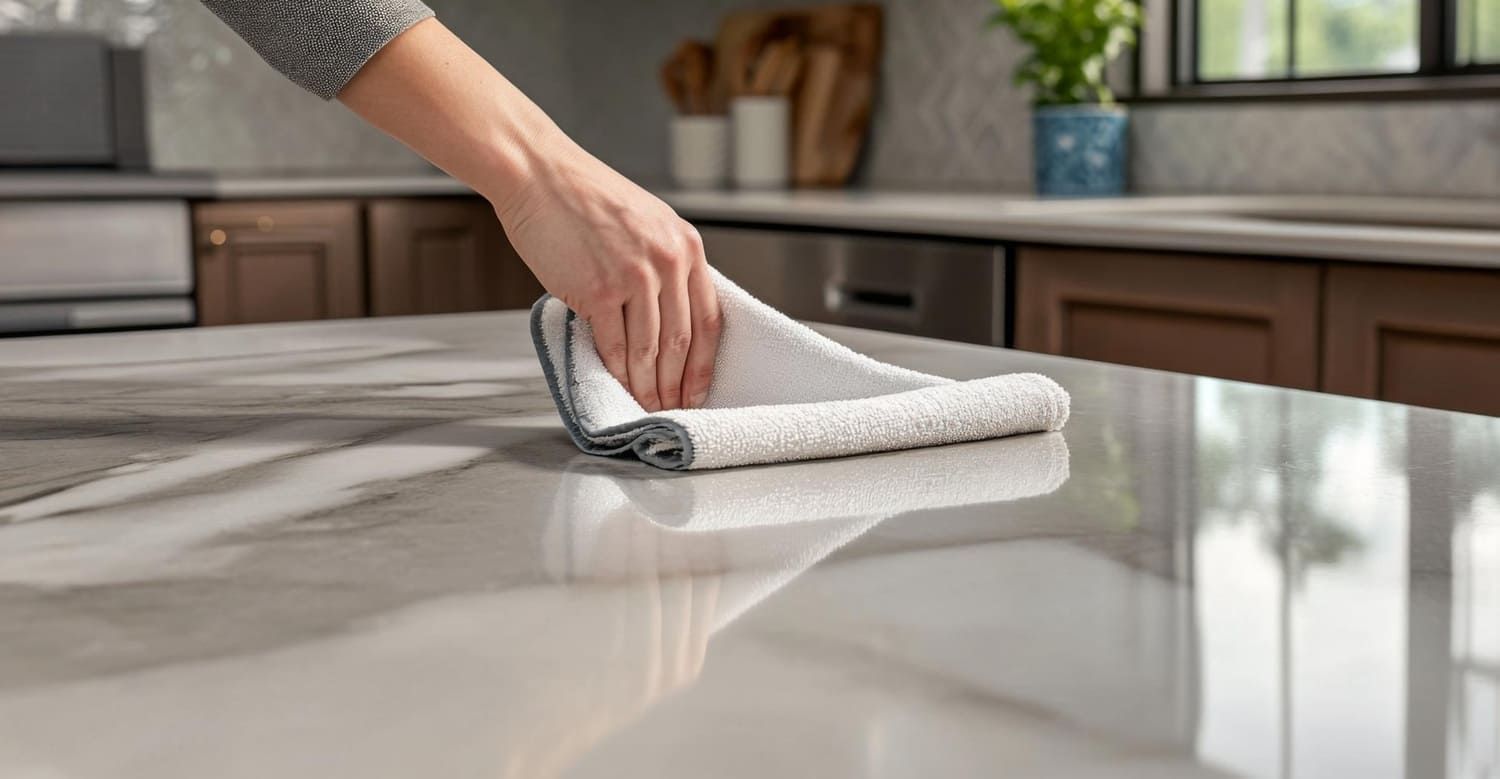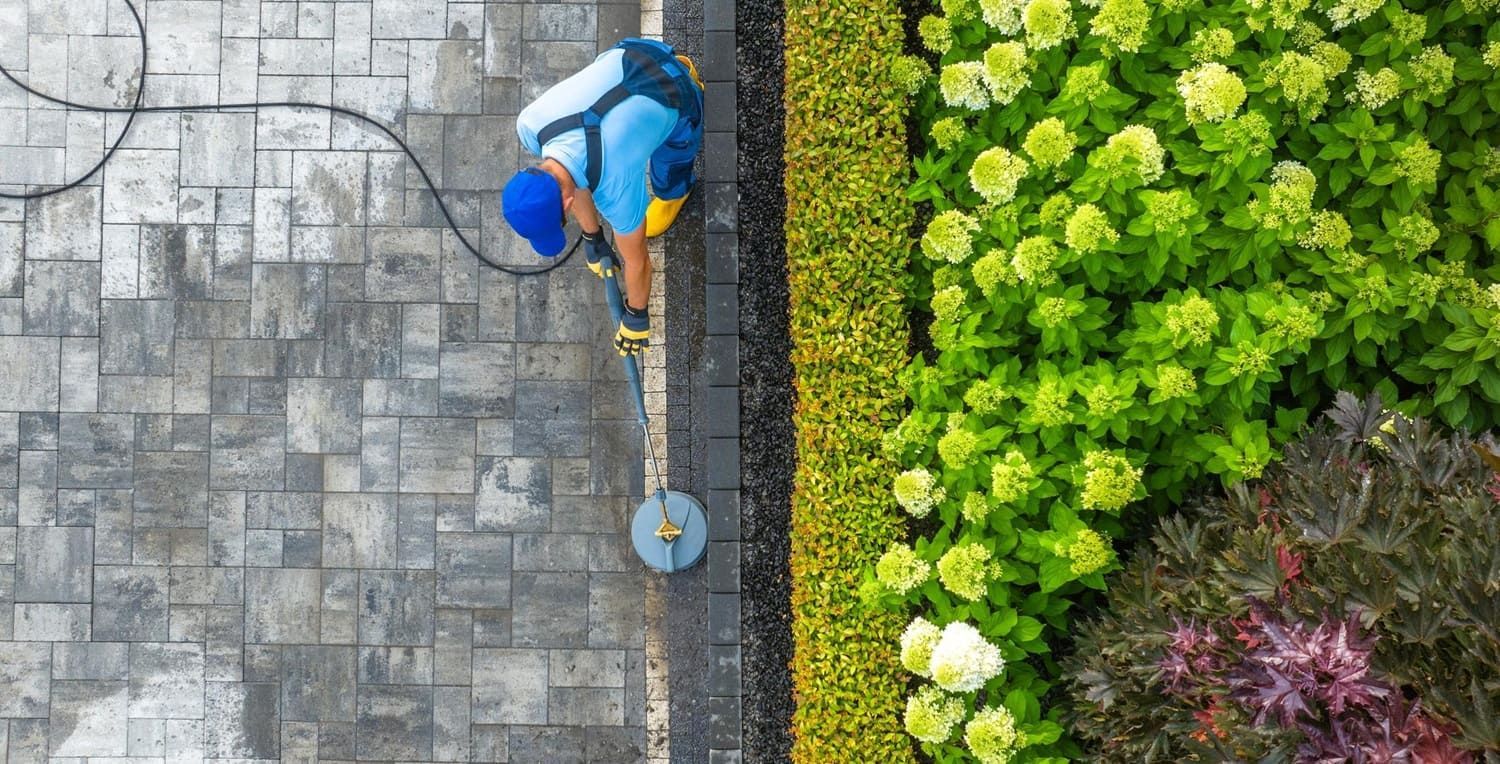ARIZONA'S BEST STONE, TILE, AND GROUT CLEANING SERVICES
Everything You Need to Know About Restoring Stone Floors
Restoring stone floors can breathe new life into your home or business. Whether you're dealing with marble, granite, limestone, or another type of natural stone, understanding the restoration process is crucial. Stone floors are a significant investment, and their restoration not only rejuvenates their appearance but also preserves their value. This guide will walk you through everything you need to know about natural stone restoration, ensuring your floors look their best and remain durable over time.
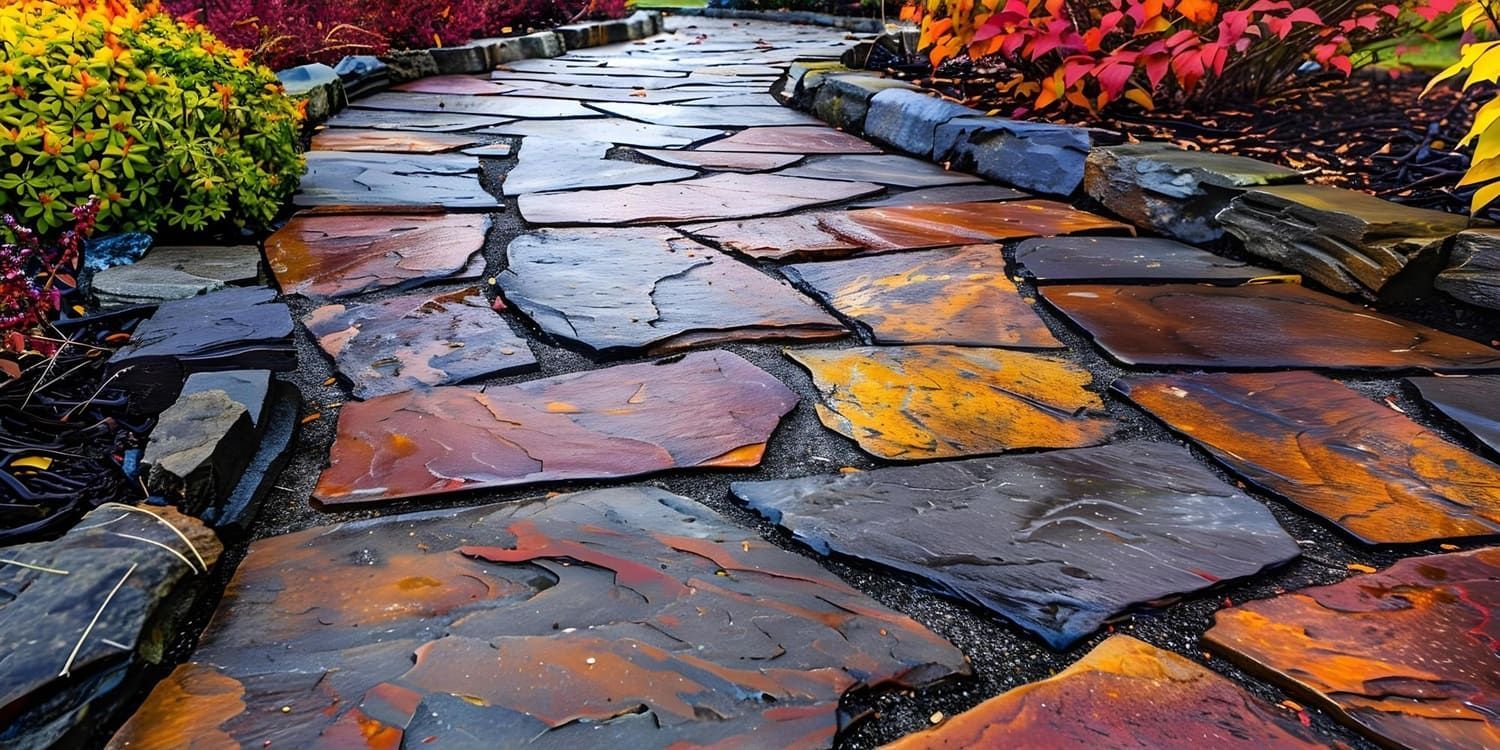
Understanding Natural Stone Restoration
Natural stone restoration involves cleaning, repairing, and polishing stone surfaces to return them to their original beauty. Over time, foot traffic, spills, and general wear can dull the appearance of stone floors. The process of restoration not only enhances their aesthetic appeal but also extends their lifespan, ensuring they continue to make a strong impression. Furthermore, proper restoration can prevent more costly repairs or replacements in the future, making it an economical choice for property maintenance.
Types of Natural Stone
Before diving into the restoration process, it's essential to understand the types of natural stone commonly used in flooring:
- Marble: Known for its elegance and timeless appeal, marble is a popular choice for both homes and businesses. However, it's prone to scratching and staining, which means it demands careful maintenance and periodic restoration to maintain its luxurious appearance.
- Granite: Durable and resistant to most stains and scratches, granite is ideal for high-traffic areas. Its robustness makes it a favorite for kitchens and commercial spaces, though it still benefits from professional polishing to maintain its shine.
- Limestone: Softer than marble and granite, limestone offers a more rustic look but requires more maintenance. Its porous nature makes it susceptible to staining, so regular sealing and careful cleaning are essential.
- Travertine: This stone features unique patterns and a softer texture, making it both beautiful and delicate. Its distinctive appearance can be a highlight in any decor, but it requires gentle handling and specific restoration techniques to preserve its intricate designs.
Each stone type requires specific care and restoration techniques. Understanding the unique characteristics and vulnerabilities of each stone type is crucial in applying the correct restoration methods to ensure longevity and aesthetic appeal.
The Restoration Process
Assessment and Cleaning
The first step in restoring stone floors is a thorough assessment. This involves identifying the type of stone, the extent of damage, and the appropriate restoration method. During this phase, restoration professionals evaluate any existing issues such as stains, etching, or structural damage to determine the best course of action. Once assessed, the floor is cleaned to remove dirt, grime, and any existing sealants. This prepares the surface for more intensive restoration work, ensuring the subsequent processes are effective.
Repairing Damages
Natural stone floors can have cracks, chips, or holes. Repairing these imperfections is crucial for a smooth finish. Depending on the stone type, the restoration professional may use special fillers or epoxy resins to fix the damages. These materials are carefully selected to match the stone in color and texture, ensuring repairs are virtually invisible. Proper repair not only restores the floor's appearance but also reinforces its structural integrity, preventing further deterioration.
Grinding and Honing
Grinding removes a thin layer from the stone surface, eliminating scratches and stains. This step is vital for resetting the stone to its original level, particularly in areas with deep etching or uneven wear. This step is followed by honing, which smooths the stone and restores its natural sheen. Honing uses progressively finer abrasives to achieve the desired finish, enhancing the stone's natural patterns and colors for a fresh, polished look.
Polishing and Sealing
Polishing gives stone floors their final shine. It enhances the stone's natural colors and patterns, bringing out the richness and depth that makes natural stone so appealing. After polishing, sealing is essential. A high-quality sealer protects the stone from future stains and damage, prolonging its beauty. Sealing creates a protective barrier, making maintenance easier and preserving the stone's luster for longer periods.
Natural Stone Care Tips
Restoration is just one part of maintaining beautiful stone floors. Proper care and maintenance can prevent the need for frequent restoration. By implementing a few simple practices, you can keep your stone floors looking pristine for years.
Regular Cleaning
Regular cleaning with a pH-neutral cleaner is vital. This helps to preserve the stone's surface and prevent damage from acidic substances. Avoid acidic or abrasive cleaners that can damage the stone, as these can degrade the surface and lead to dullness. Use a soft mop or cloth to prevent scratches, ensuring that the cleaning routine is gentle yet effective.
Immediate Spill Cleanup
Spills can cause stains, especially on porous stones like marble and limestone. Immediate attention to spills is crucial in preventing them from seeping into the stone and causing permanent discoloration. Wipe up spills immediately to prevent them from seeping into the stone. Using coasters and trivets can also help protect stone surfaces from water rings and thermal shock.
Use Rugs and Mats
Place rugs or mats in high-traffic areas to minimize wear and tear. This is especially useful in entryways and kitchens, where foot traffic is highest and the risk of debris scratching the floor is greatest. Rugs and mats not only protect the floor but also add a decorative element to the space, enhancing the overall aesthetic.
Routine Sealing
Depending on the stone type and usage, periodic resealing is necessary. Resealing helps maintain the protective barrier against stains and moisture, ensuring the stone remains in top condition. Consult with a professional to determine the best sealing schedule for your floors, as different stones and environments may require different maintenance routines.
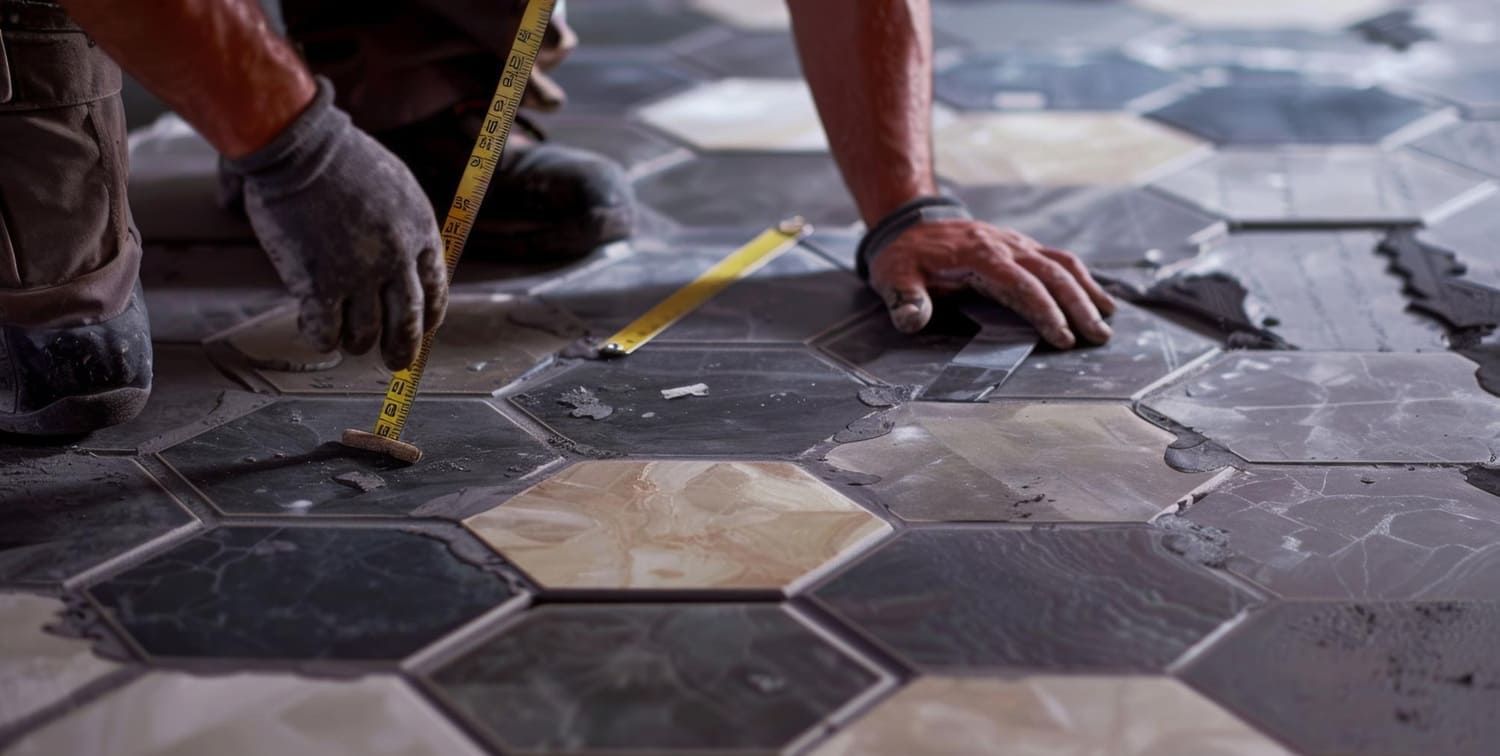
When to Call a Professional
While some stone care tasks can be handled by homeowners, others require professional expertise. Consider calling a professional if:
- Your stone floor has deep scratches or significant damage that cannot be resolved with regular cleaning or DIY methods.
- You lack the necessary tools or knowledge for restoration, which could result in further damage if attempted improperly.
- You want to ensure the best results without risking further damage. Professionals bring experience, specialized tools, and products that are not typically available to consumers, ensuring a high-quality restoration.
Professional restoration services have the experience and equipment needed to restore stone floors safely and effectively. They can also provide valuable advice on maintaining the stone's condition post-restoration.
Common Misconceptions About Stone Restoration
Stone Floors Are Indestructible
Many people believe stone floors are maintenance-free due to their durability. While stone is indeed robust, it is not immune to damage from neglect or improper care. However, all stone types require proper care to maintain their appearance and integrity, including regular cleaning, sealing, and prompt attention to any damage.
DIY Solutions Are Sufficient
While DIY solutions can help with minor issues, they may not address deeper problems like scratches, etching, or dullness. Many home remedies or over-the-counter products can actually exacerbate issues if not used correctly. Professional restoration ensures comprehensive care, addressing both surface-level and deeper issues to fully restore the stone's beauty.
Sealing Is a One-Time Task
Sealing is an ongoing process. Over time, sealants wear away and need reapplication to keep the stone protected. Regular resealing is necessary to maintain the barrier against stains and damage, and the frequency will depend on factors such as stone type, usage, and environment.
Conclusion
Restoring stone floors is a worthwhile investment that enhances the beauty and value of any space. At Desert Tile & Grout Restore, our professional team specializes in a wide range of cleaning and sealing services, including the best stone, tile, and floor refinishing & restoration. By understanding the restoration process and following proper care guidelines, we help you enjoy the elegance of natural stone floors for years to come. Whether you choose to tackle the task yourself or hire our professional services, the key is consistent care and timely restoration.
Remember, natural stone floors are not just a surface; they're a testament to timeless elegance. With the right restoration and care from Desert Tile & Grout Restore, your stone floors can continue to impress and inspire. Investing in their upkeep ensures they remain a striking feature of your home or business, reflecting both your style and commitment to quality.
Contact us today for a free estimate and let Desert Tile & Grout Restore assist you in maintaining and restoring your stone floors with our premium cleaning and sealing services.

